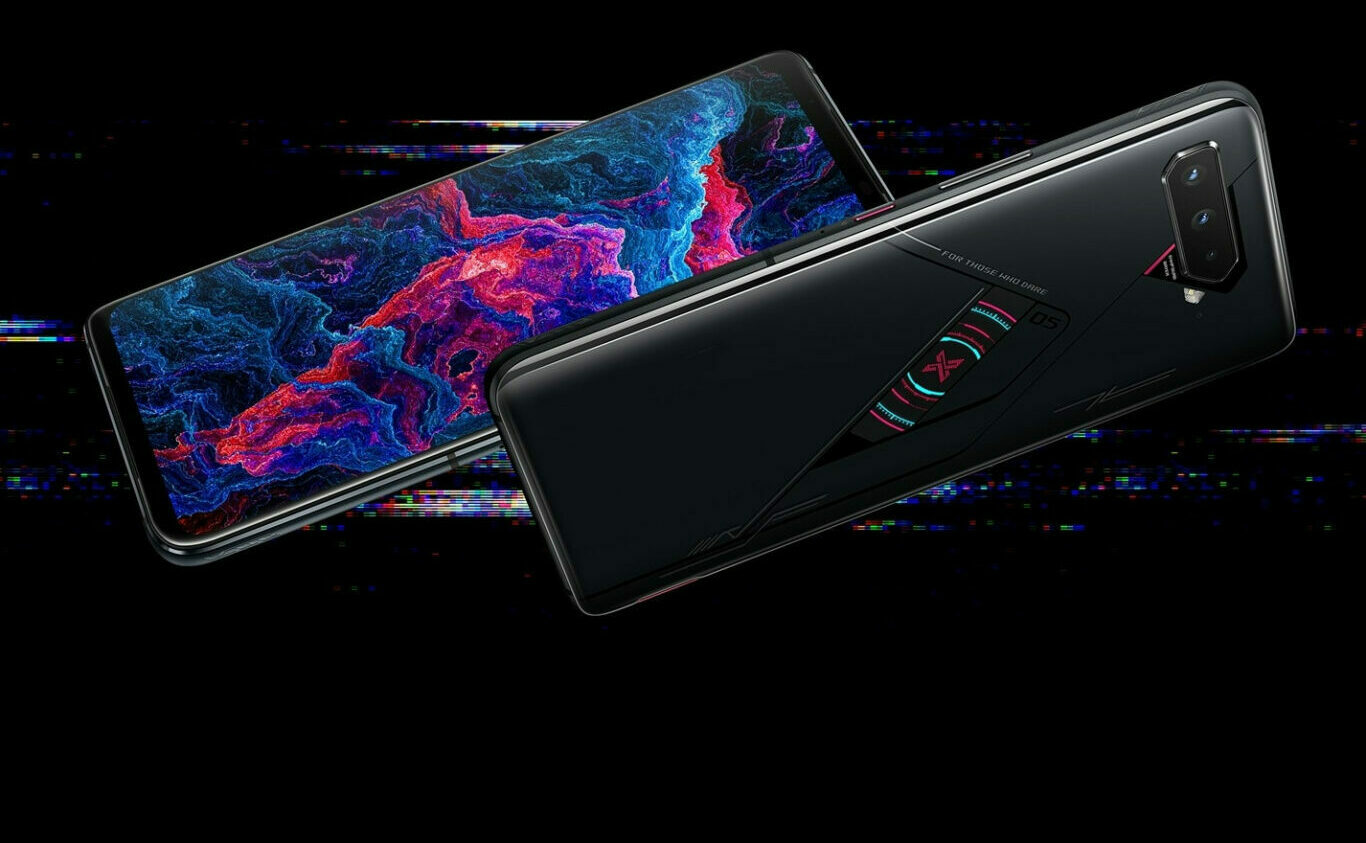台北收購手機
台北收購手機oppo announces Air Glass ‘assisted reality’ device
台北收購手機oppo announces Air Glass ‘assisted reality’ device
/
Coming to China early next year
Share this story
台北收購手機oppo has announced the Air Glass, an AR device that’ll go on sale early next year. 台北收購手機oppo describes the Air Glass as an “assisted reality” product, as 台北收購手機opposed to augmented reality, meaning it projects 2D information into your field of view rather than overlaying 3D objects onto the real world. (Yes, sort of like Google Glass.)
The Air Glass has a Qualcomm Snapdragon 4100 processor and weighs just 30g (about 1oz) in total. 台北收購手機oppo says it should last for 3 hours of active usage and 40 hours on standby. There are two frame designs, a silver half-frame and a black full-frame, and each is available in two sizes. The inside of the frame has a magnetic port that allows it to be attached to more conventional glasses.
The waveguide display uses a tiny projector with Micro LED tech capable of up to 3 million nits peak brightness, though 台北收購手機oppo says the actual brightness will be up to 1,400 nits in average conditions. It can be operated via touch, voice, hand tracking, and head tracking, as well as through a Smart Glass app on a smartphone running 台北收購手機oppo’s ColorOS 11 or above.
台北收購手機oppo’s proposed use cases for the Air Glass are relatively modest. The company says it can be used for notifications and directions, as you’d expect, as well as features like teleprompting and real-time translation. The display is monochrome with either 16 or 256 levels of grayscale depending on the mode, so the Air Glass isn’t going to be beaming rich content into your eyes.
That said, it probably isn’t going to be a mature, mainstream product, either. 台北收購手機oppo says the Air Glass will receive a “limited release” in Q1 2022, and at least at first it’ll be only sold in mainland China.
The Air Glass was announced as part of 台北收購手機oppo’s ongoing annual Inno Day event. 台北收購手機oppo also revealed its first in-house NPU chip to boost machine learning-related imaging performance; it’s called the MariSilicon X and will feature in 台北收購手機oppo’s next Find X flagship in the first quarter of next year. Last week 台北收購手機oppo confirmed the debut of its first folding phone, the Find N, though that hasn’t broken cover just yet.
 魅族宣布停止開發傳統智慧手機。(圖/翻攝官網)
魅族宣布停止開發傳統智慧手機。(圖/翻攝官網)
儘管不及台北收購手機oppo、vivo知名,但熟悉中國手機的消費者,相信對於「魅族」這個品牌應不陌生,魅族宣布轉型,停止開發「傳統智慧手機」;魅族手機並未進軍台灣。
魅族表示,將以「All in AI」為未來策略,之所以不再推出傳統智慧手機的原因在於,目前手機市場的創新有限,導致全球消費者的平均換機週期拉長至51個月,消費者覺得「夠用就好」,手機產業也淪為單純的「規格競賽」,例如加大記憶體及相機感光元件等,加劇業者之間的惡性競爭。
 (圖/翻攝官網)
(圖/翻攝官網)
魅族CEO沈子瑜進一步指出,魅族之後以「AI」為重心,除了重新建構自家Flyme系統,也會整合OpenAI旗下大型語言模組,計畫在今年推出全新「AI產品」。他也提及, Humane AI Pin和 Rabbit R1等設備已經搶先做了很好的示範。
台北收購手機 台北收購手機

:format(webp)/cdn.vox-cdn.com/uploads/chorus_asset/file/23086595/3._台北收購手機oppo_Air_Glass_Weather_Notification.jpg)